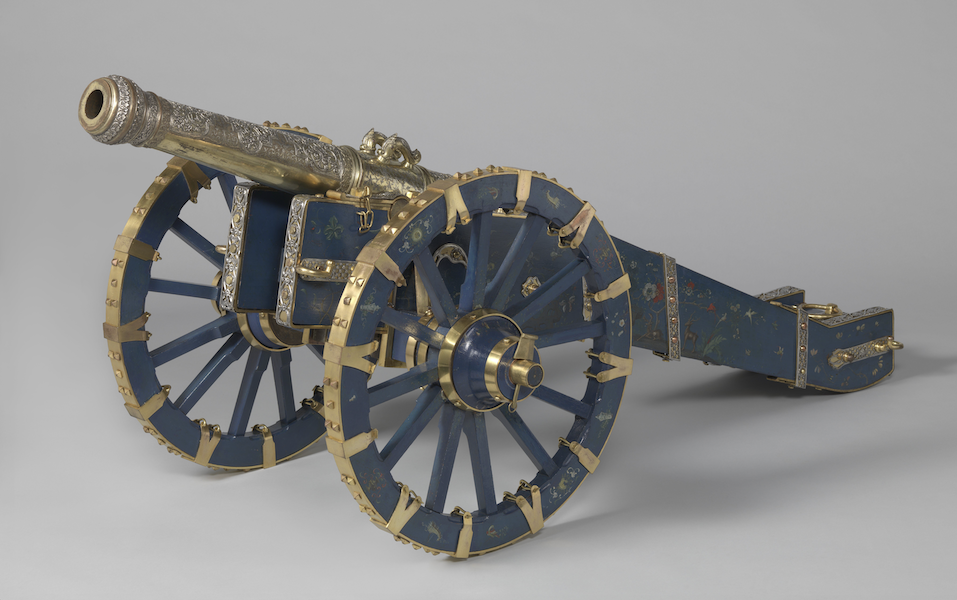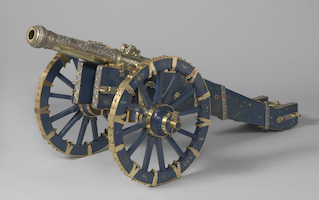
THE HAGUE, Netherlands (AP) – Two Dutch museums have handed over hundreds of cultural artifacts back to Indonesia and Sri Lanka – from a richly decorated cannon to precious metals and jewelry – that were taken, often by force, in the colonial era. The government announced the planned restitution of 478 “cultural objects” on July 6. Some Western nations are returning looted artifacts and other objects as part of a reckoning with their often brutal colonial histories.
A Berlin museum announced in January it is ready to return hundreds of human skulls from the former German colony of East Africa. In 2021, France said it was returning statues, royal thrones and sacred altars taken from the West African nation of Benin. And last year, Belgium returned a gold-capped tooth belonging to the slain Congolese independence hero Patrice Lumumba.
“This is a historic moment. It is the first time that, based on the advice of the Advisory Committee on the Return of Cultural Objects from Colonial Context, we are returning objects that should never have been in the Netherlands,” said State Secretary for Culture and Media Gunay Uslu.
The committee was set up in 2022 to assess requests by countries for restitution of artifacts in state museums. It is considering more restitution requests from Indonesia, Sri Lanka and Nigeria.
One of the highlights of the looted objects being returned to Sri Lanka is the Cannon of Kandy, a ceremonial weapon made of bronze, silver and gold, and inlaid with rubies. The barrel is decorated with the symbols of the King of Kandy: a sun, a half-moon and a Sinhalese lion.
The cannon has been in the collection of the Rijksmuseum, the national museum of art and history, since 1800. The museum said it was looted by Dutch East India Company troops during the siege and plunder of Kandy in 1765.
The museum’s director, Taco Dibbits, called the decision to return the cannon and five other pieces “a positive step in cooperation with Sri Lanka.”
A ceremony was held on July 10 to officially hand over looted artifacts to Indonesia at the Museum Volkenkunde in Leiden, including a collection of jewels known as the Lombok Treasure looted from Lombok island.
By MIKE CORDER, Associated Press
Copyright 2023 Associated Press. All rights reserved. This information may not be published, broadcast, rewritten, or redistributed.


